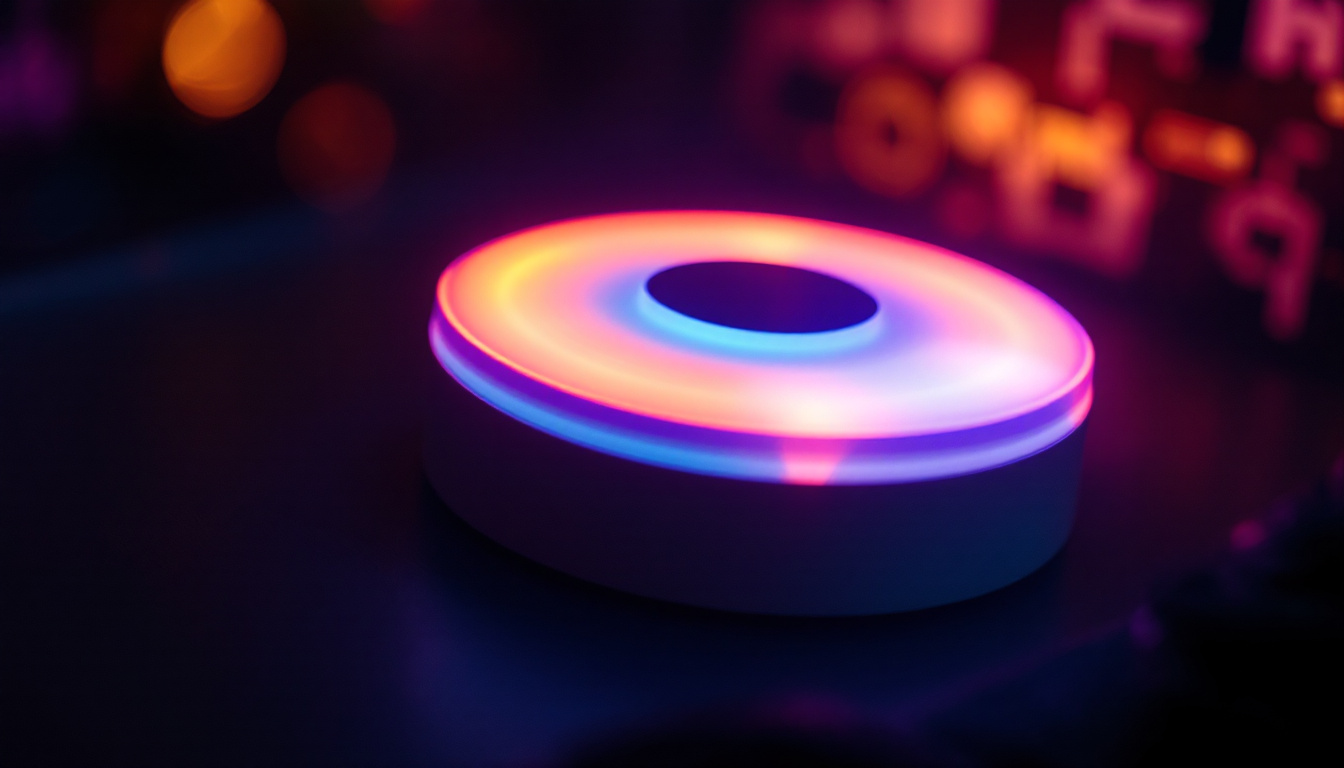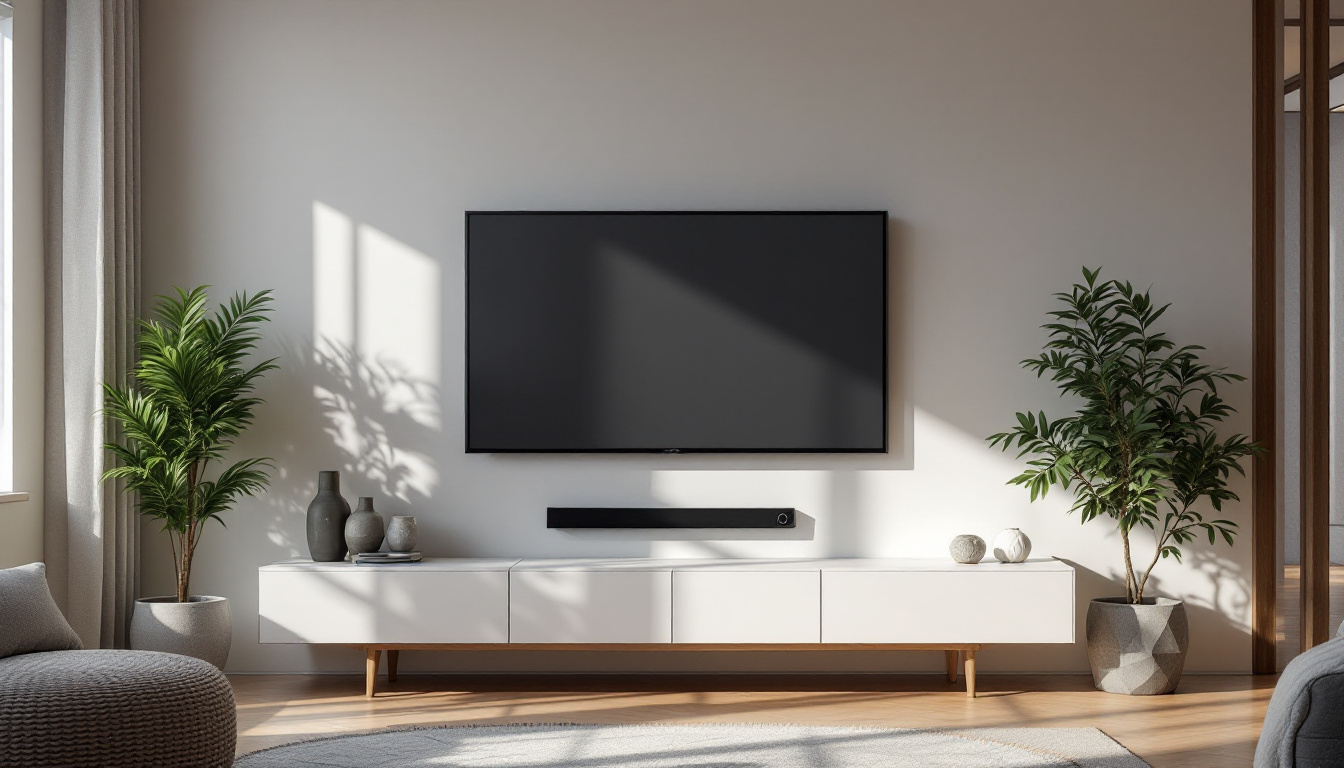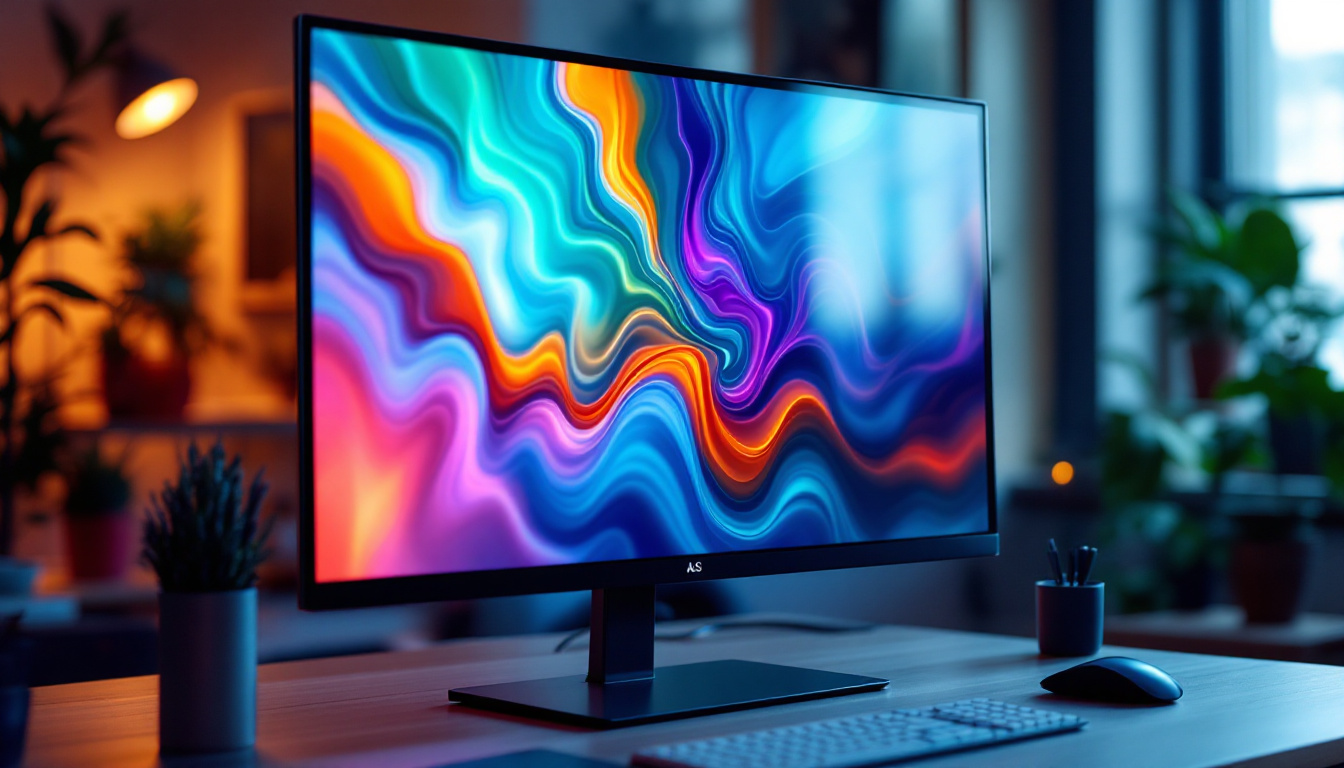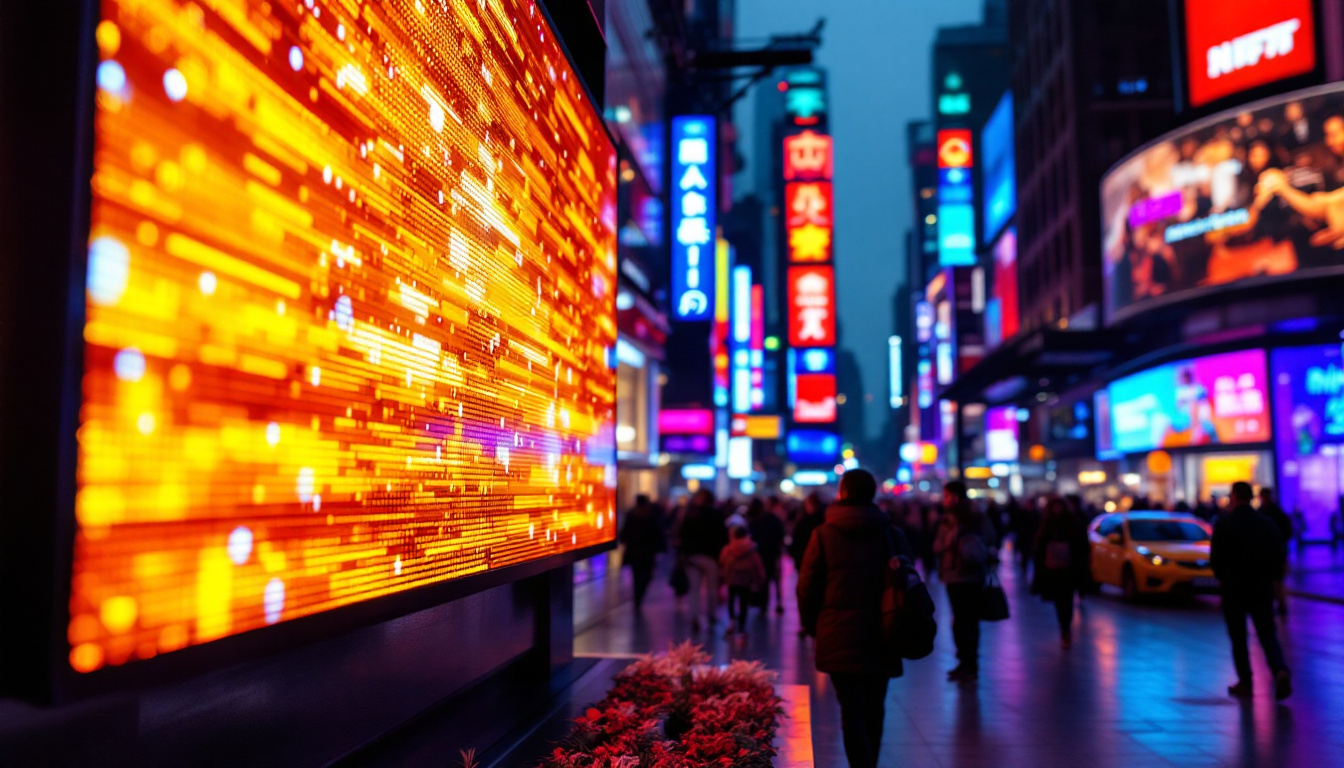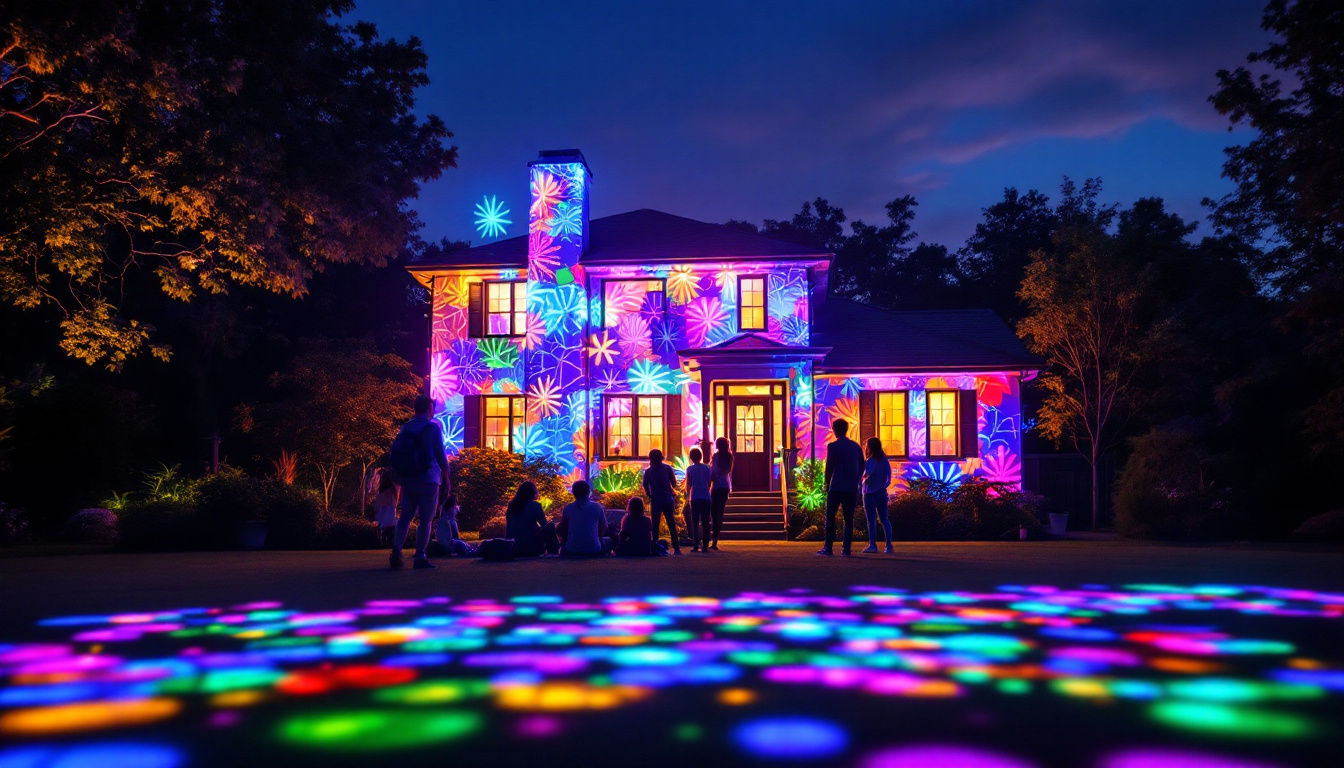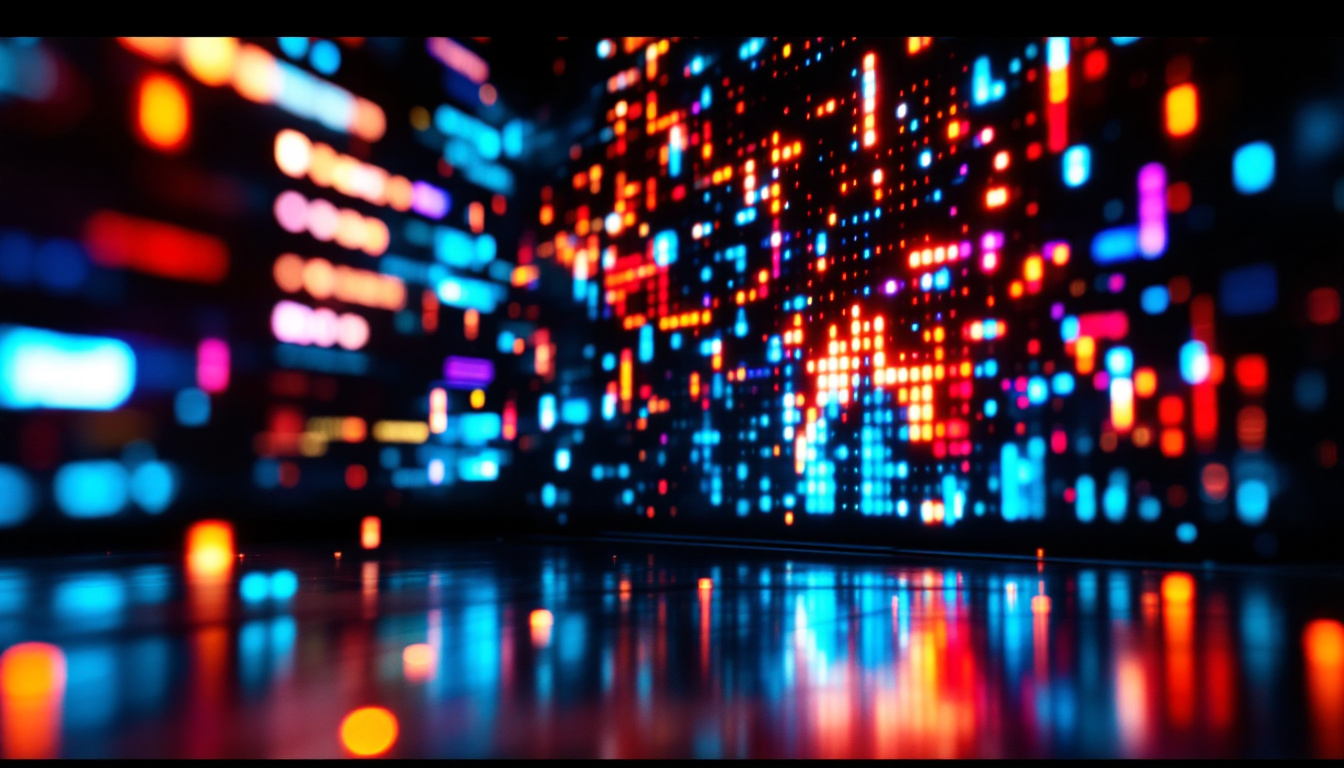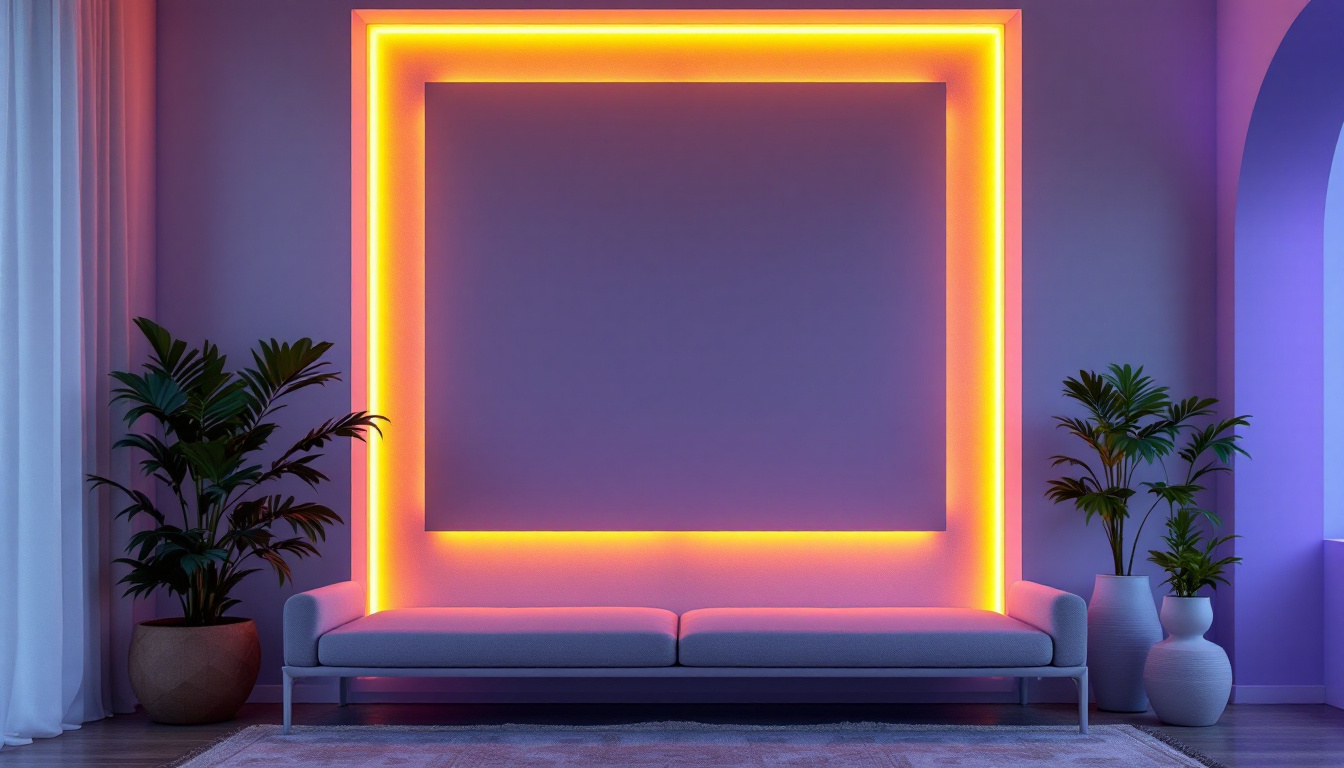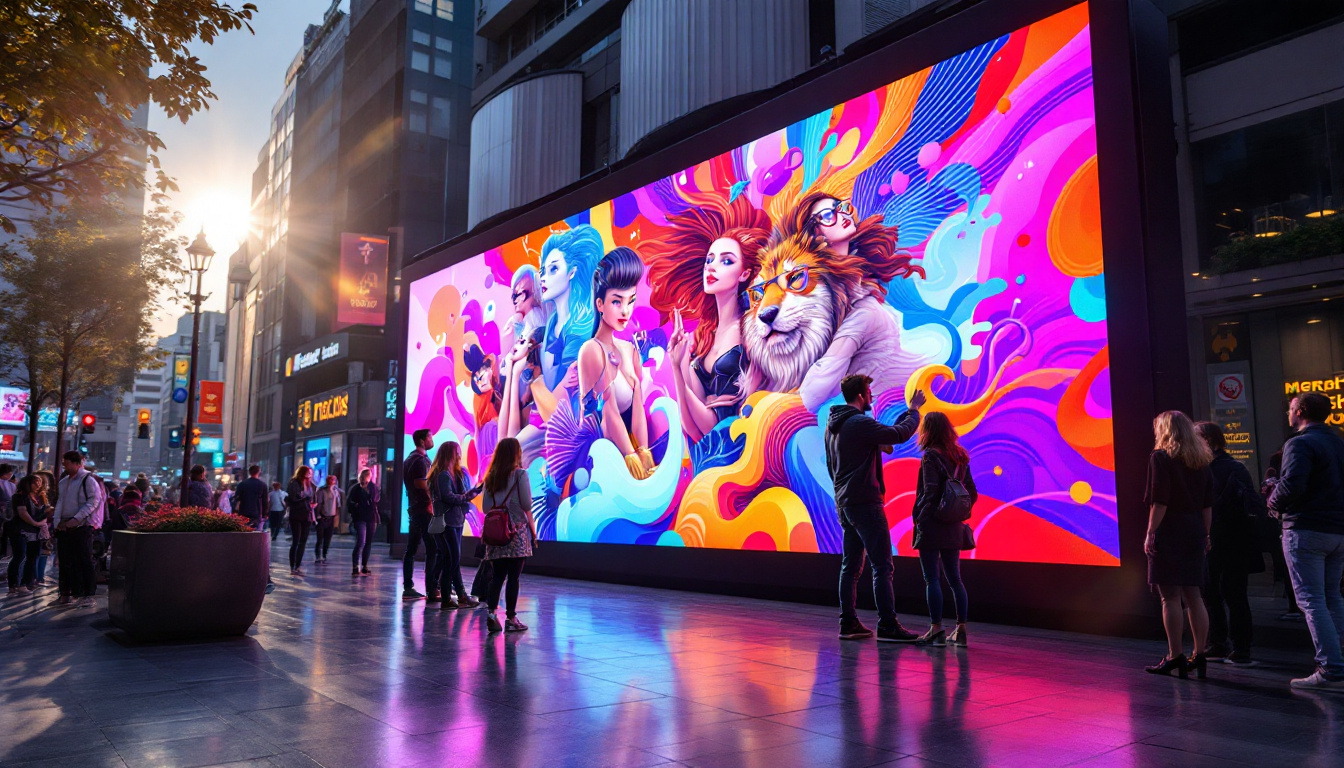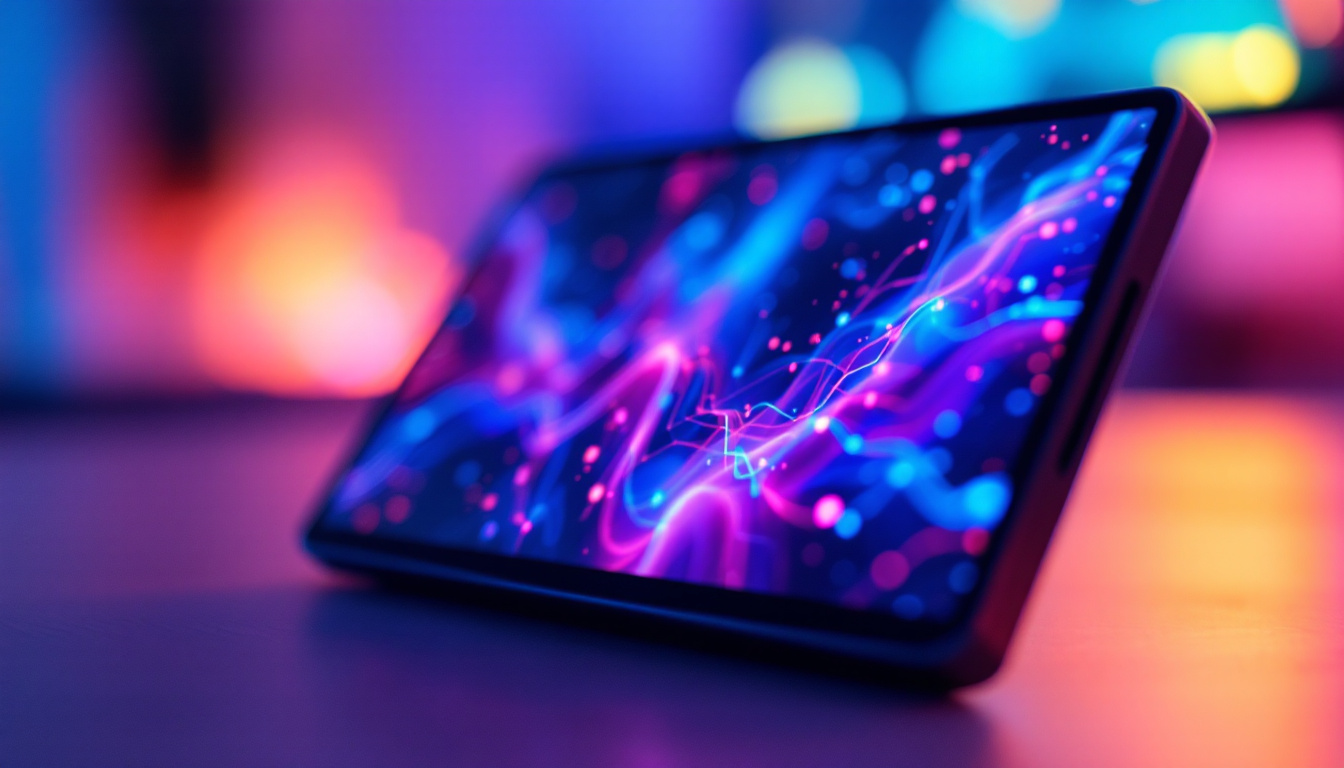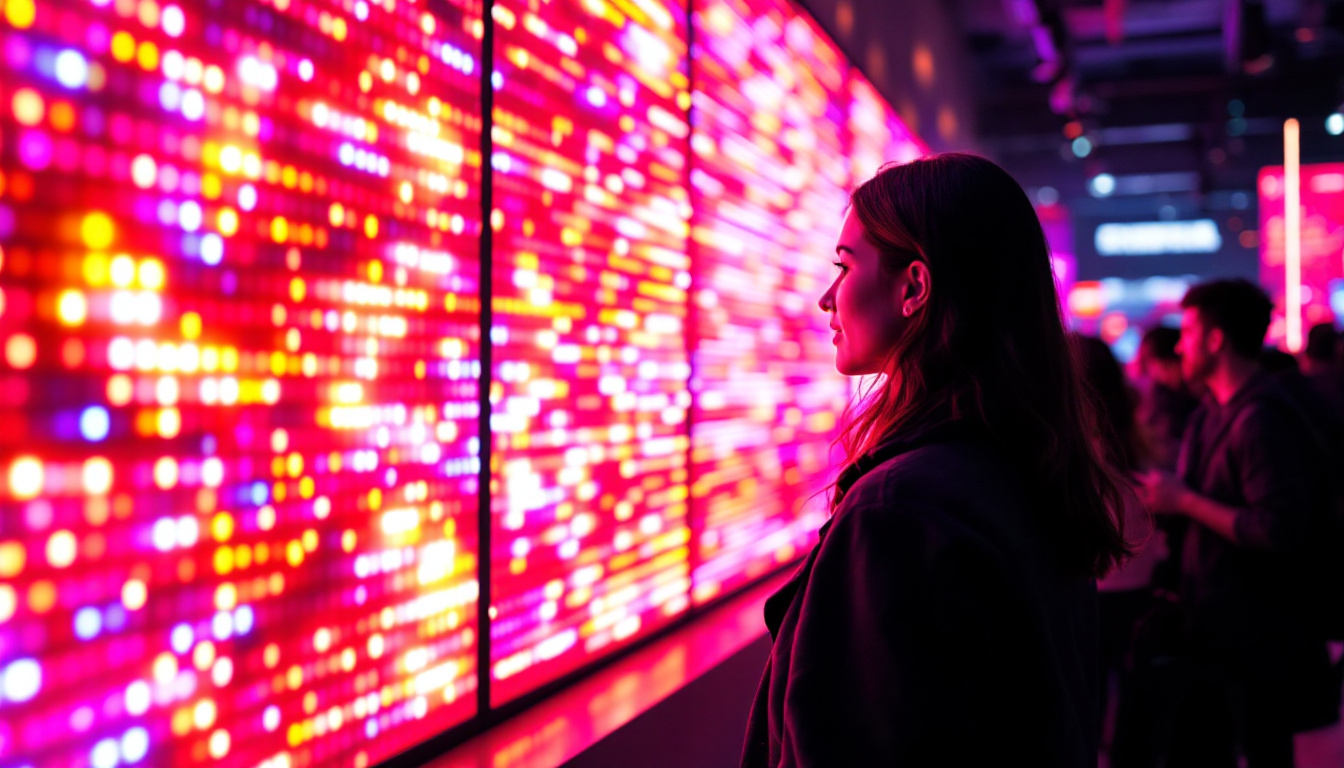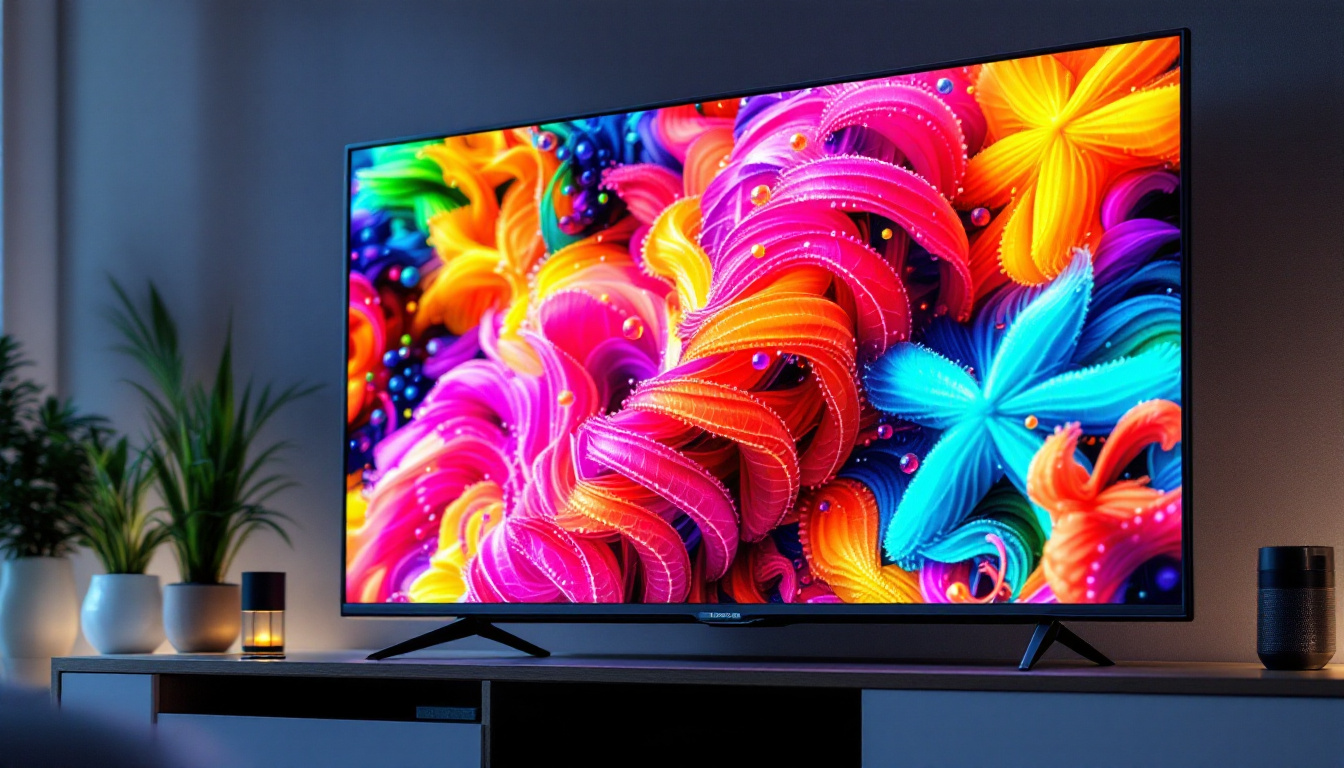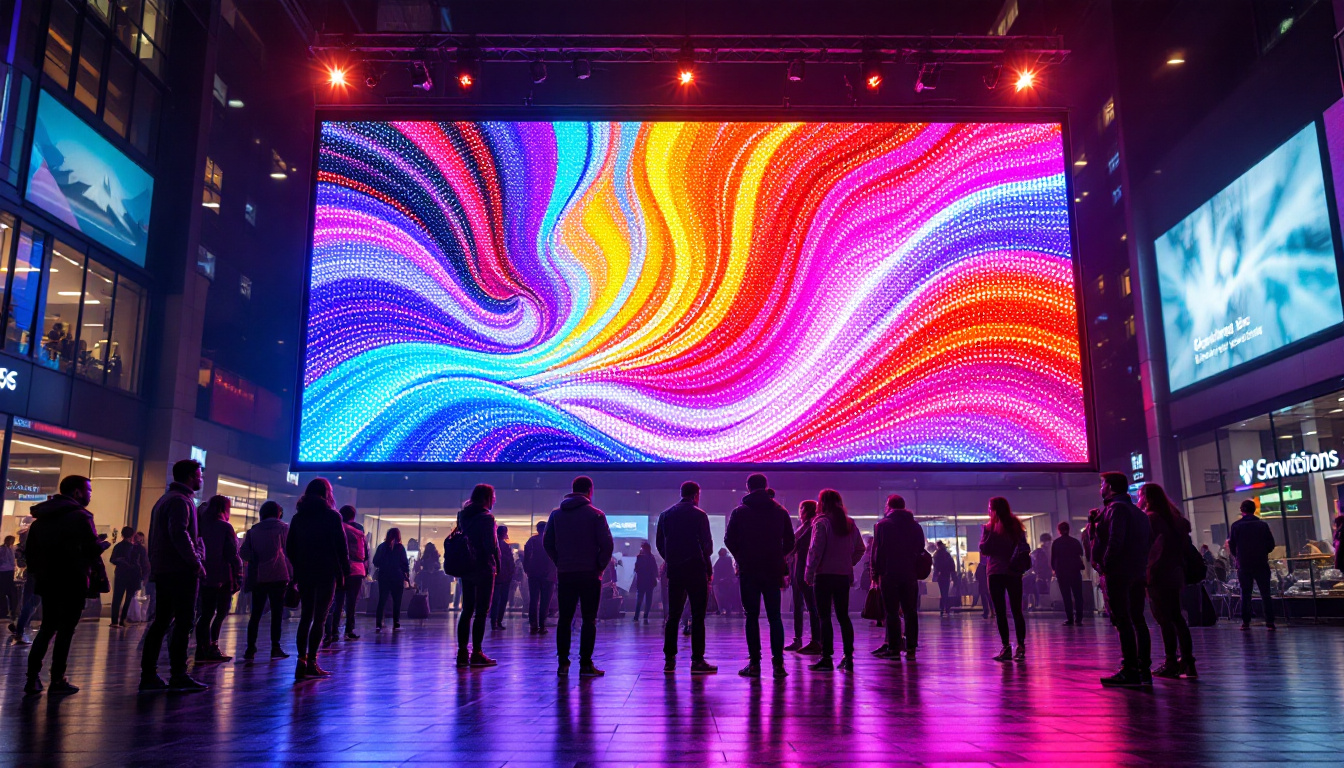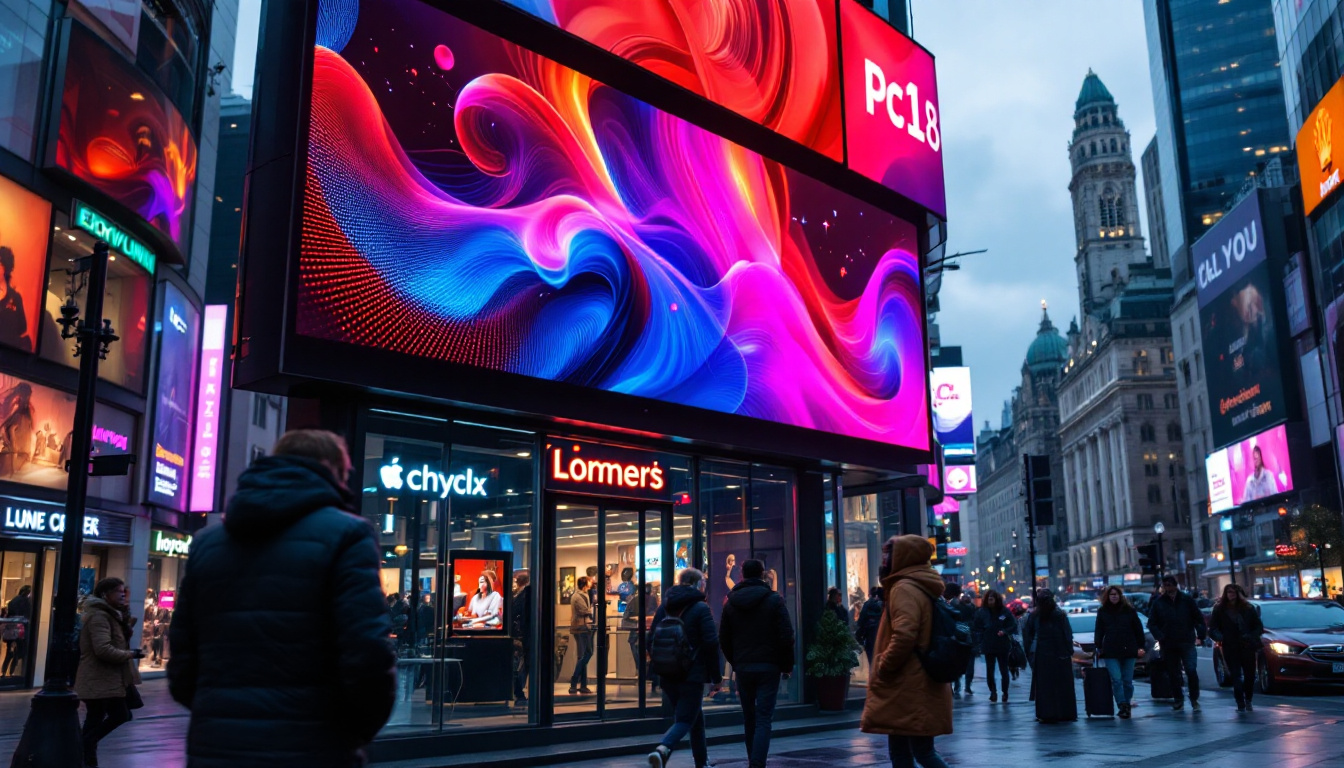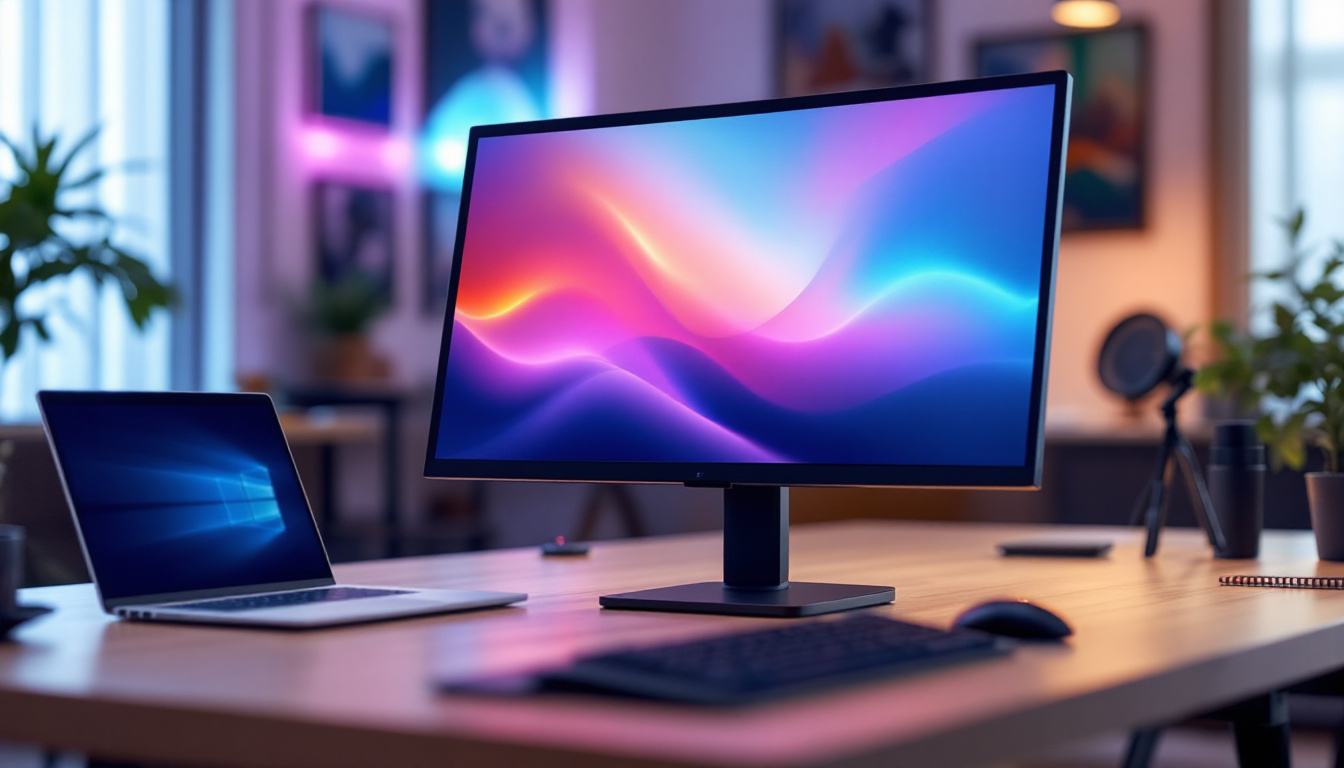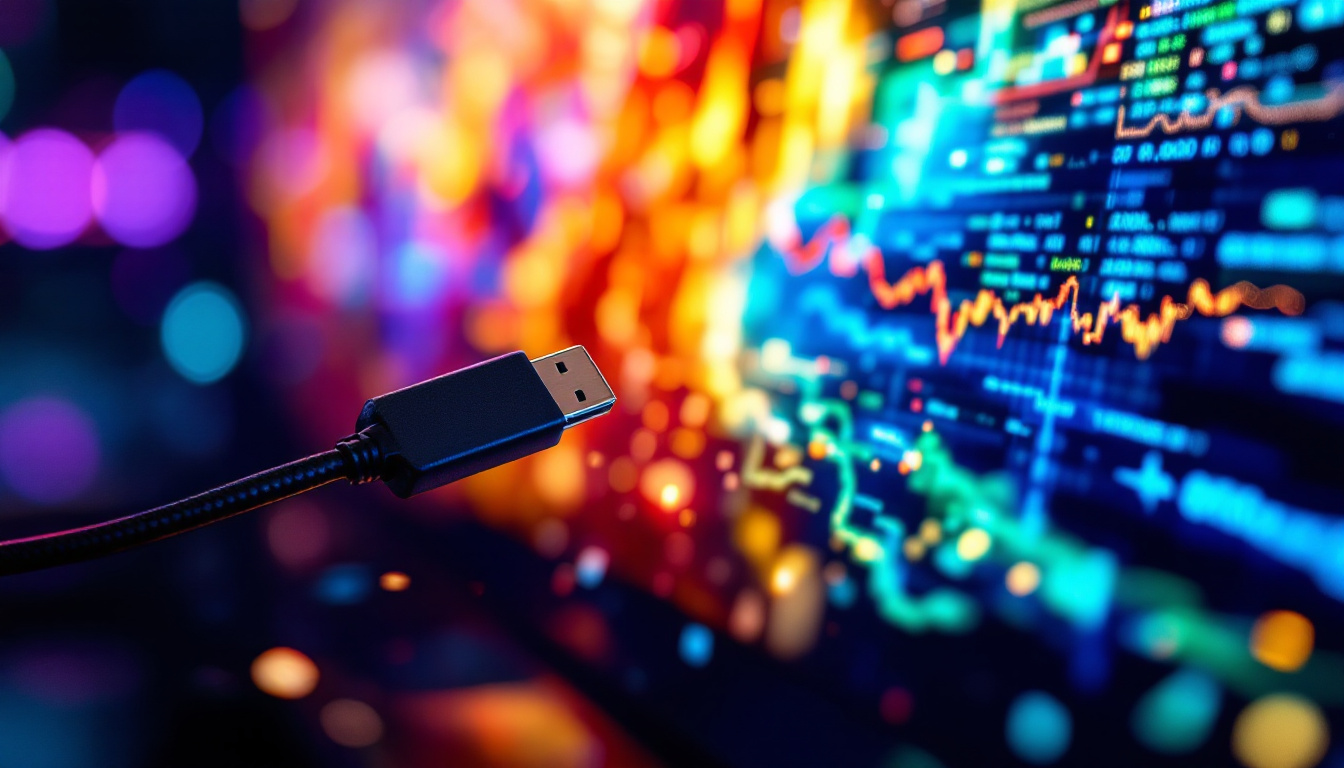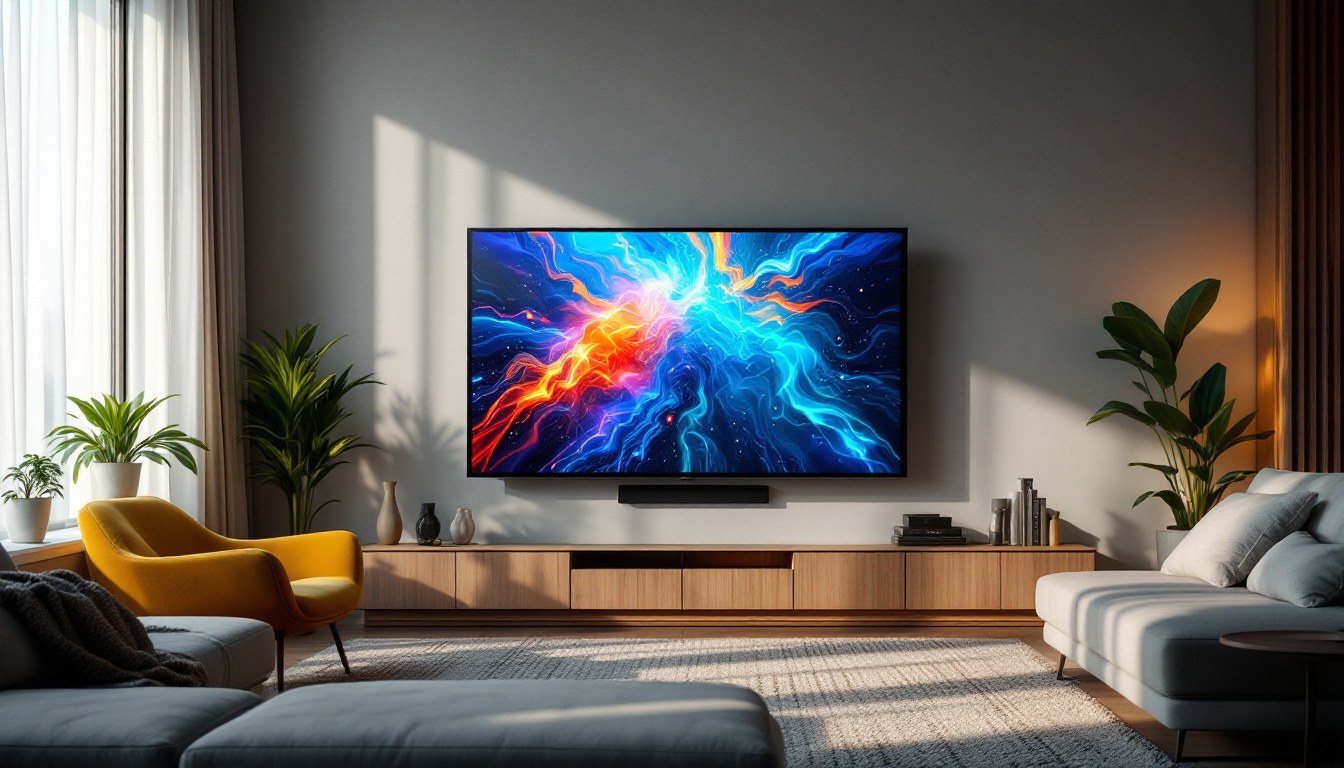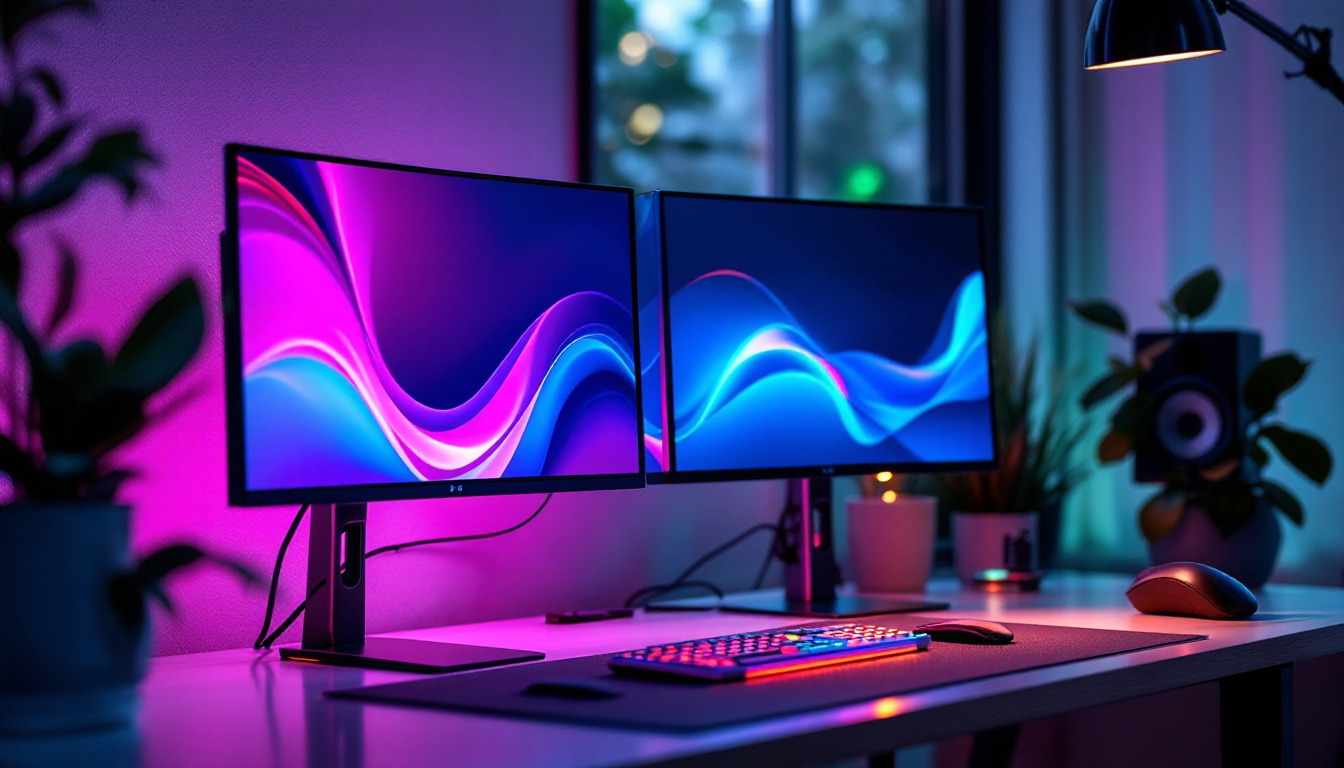In recent years, touch light technology has gained significant traction, especially with the advent of LED displays. This innovation has transformed the way users interact with devices, offering a seamless blend of functionality and aesthetics. Understanding how touch light technology and LED displays work is essential for appreciating their impact on modern technology.
What is Touch Light Technology?
Touch light technology refers to the ability of a device to respond to physical touch, allowing users to control various functions through simple gestures. This technology is widely used in smartphones, tablets, and interactive displays, making it an integral part of daily life.
How Touch Light Works
At its core, touch light technology operates through a combination of sensors and software. When a user touches the screen, the sensors detect the change in capacitance or pressure, sending signals to the device’s processor. This processor interprets the input and executes the corresponding command, whether it be opening an application, adjusting brightness, or navigating through menus.
There are several types of touch sensors, including resistive, capacitive, and optical. Capacitive touch screens are the most common in modern devices due to their sensitivity and multi-touch capabilities, allowing for gestures like pinch-to-zoom. In contrast, resistive screens, which rely on pressure, are often found in environments where durability is essential, such as industrial settings. Optical touch technology, on the other hand, uses cameras to detect touch, making it ideal for large displays and interactive kiosks, where users can engage from a distance.
Applications of Touch Light Technology
Touch light technology is not limited to consumer electronics. It has found applications across various industries, including healthcare, automotive, and retail. For instance, hospitals use touch screens for patient management systems, enabling staff to access and update patient information quickly. In retail, interactive displays enhance customer engagement by allowing users to browse products and access information effortlessly. Furthermore, the automotive industry has begun to incorporate touch light technology into vehicle dashboards, allowing drivers to control navigation, music, and climate settings with a simple touch, promoting a more intuitive driving experience.
Moreover, touch light technology is revolutionizing the way we interact with our environment. Smart home devices, equipped with touch-sensitive interfaces, allow users to control lighting, heating, and security systems seamlessly. This integration not only enhances convenience but also contributes to energy efficiency, as users can easily adjust settings based on their preferences. As this technology continues to evolve, we can expect even more innovative applications, such as touch-responsive surfaces in furniture and appliances, further blurring the lines between digital and physical interactions.
The Role of LED Displays
LED (Light Emitting Diode) displays are a crucial component of touch light technology. They provide the visual output that users interact with, making them essential for any touch-enabled device. LED displays are known for their brightness, energy efficiency, and longevity, which contribute to an enhanced user experience. Their ability to deliver sharp images and vibrant colors has made them a preferred choice in various fields, from consumer electronics to advertising and public information systems.
In addition to their technical advantages, LED displays also play a significant role in the aesthetics of modern devices. The sleek design and thin profile of LED screens allow manufacturers to create devices that are not only functional but also visually appealing. This combination of form and function has led to a surge in the popularity of LED technology across various industries, including automotive, where they are used for dashboard displays and infotainment systems, enhancing both usability and style.
Advantages of LED Technology
One of the most significant advantages of LED displays is their energy efficiency. Compared to traditional LCD screens, LED displays consume less power while delivering superior brightness and color accuracy. This efficiency not only extends the battery life of portable devices but also reduces energy costs in larger installations. Furthermore, the lower heat output of LED displays contributes to a more comfortable user experience, particularly in enclosed spaces where heat buildup can be an issue.
Additionally, LED displays offer a wider color gamut and better contrast ratios. This means that images and videos appear more vibrant and lifelike, enhancing the overall viewing experience. The ability to produce deep blacks and bright whites makes LED displays ideal for various applications, from gaming to professional design work. In creative industries, the precision of color reproduction is paramount, and LED technology allows designers and artists to work with confidence, knowing that their work will be displayed accurately across different mediums.
Types of LED Displays
There are several types of LED displays, each catering to different needs and applications. The most common types include:
- Direct View LED: These displays consist of individual LED modules that form a larger screen. They are often used in outdoor advertising and large venues due to their high brightness and visibility. Their modular nature allows for flexibility in size and shape, making them suitable for creative installations such as video walls or unique architectural features.
- LED-backlit LCD: This type combines traditional LCD technology with LED backlighting, offering improved brightness and contrast compared to standard LCDs. This hybrid approach allows for thinner displays while maintaining the benefits of LCD technology, making them popular in consumer electronics like televisions and computer monitors.
- Organic LED (OLED): OLED displays use organic compounds to emit light, allowing for thinner screens and better color reproduction. They are commonly found in high-end smartphones and televisions. The flexibility of OLED technology also enables innovative designs, such as curved or foldable screens, pushing the boundaries of what is possible in display technology.
Integration of Touch Light and LED Displays
The integration of touch light technology with LED displays has led to the creation of highly interactive devices. This combination allows for a more intuitive user experience, where users can interact directly with what they see on the screen. As a result, applications ranging from smartphones to interactive kiosks have become more engaging, enabling users to navigate through complex information with ease and efficiency.
Touch Sensitivity and Display Quality
For touch light technology to function effectively, the quality of the LED display is paramount. A high-resolution display enhances the clarity of touch interactions, ensuring that users can accurately select buttons and navigate menus. Additionally, the responsiveness of the touch screen is crucial; any lag or delay can lead to frustration and hinder usability. The latest advancements in touch light technology have also introduced multi-touch capabilities, allowing users to perform gestures such as pinch-to-zoom or swipe with multiple fingers, further enriching the interactive experience.
Modern touch screens utilize advanced technologies such as in-cell touch, where touch sensors are integrated directly into the display panel. This innovation not only improves touch sensitivity but also allows for thinner devices, as it eliminates the need for a separate touch layer. Furthermore, the incorporation of anti-glare coatings and enhanced brightness levels ensures that these displays remain functional and visually appealing in various lighting conditions, making them suitable for both indoor and outdoor use.
Design Considerations
When designing devices that incorporate touch light and LED displays, manufacturers must consider various factors, including ergonomics, aesthetics, and functionality. The placement of buttons, the size of the display, and the overall design must work harmoniously to create an appealing and user-friendly product. Designers often conduct extensive user testing to gather feedback on layout and usability, ensuring that the final product meets the needs of its target audience.
Moreover, the durability of the display is essential, especially in environments where devices may be subjected to rough handling. Manufacturers often use tempered glass or other protective materials to ensure that the screens can withstand daily wear and tear. In addition to physical durability, software resilience is also a consideration; devices must be able to handle accidental touches or unintended gestures without compromising the user experience. This comprehensive approach to design not only enhances the longevity of the devices but also builds user trust in the technology, encouraging wider adoption across various sectors.
Future Trends in Touch Light and LED Technology
The future of touch light and LED technology is promising, with ongoing advancements that are set to redefine user interaction. Emerging trends include the development of flexible displays, enhanced touch sensitivity, and improved energy efficiency.
Flexible Displays
Flexible LED displays are gaining traction in various applications, from wearable devices to foldable smartphones. These displays can bend and curve, offering new possibilities for device design and functionality. As manufacturers continue to innovate, the potential for unique form factors and user experiences will expand significantly.
Enhanced Touch Sensitivity
Future advancements in touch sensitivity may lead to devices that can detect even the slightest touch or gesture. This could enable new interaction methods, such as air gestures or touchless controls, further enhancing the user experience. Such innovations could be particularly beneficial in environments where traditional touch interactions are impractical, such as in medical settings or industrial applications.
Challenges and Considerations
Despite the many advantages of touch light and LED technology, several challenges remain. Manufacturers must navigate issues related to production costs, environmental impact, and user accessibility.
Production Costs
The production of high-quality LED displays and touch sensors can be costly, impacting the final price of consumer devices. As technology advances and production methods improve, it is hoped that these costs will decrease, making devices more accessible to a broader audience.
Environmental Impact
Another consideration is the environmental impact of producing and disposing of electronic devices. The production of LED displays involves the use of various materials and chemicals, raising concerns about sustainability. Manufacturers are increasingly focusing on developing eco-friendly practices and materials to mitigate these effects.
Conclusion
Touch light technology and LED displays have revolutionized the way users interact with devices, offering a blend of functionality, efficiency, and aesthetic appeal. As advancements continue to unfold, the future of these technologies promises even more innovative applications and enhanced user experiences.
Understanding the intricacies of touch light and LED technology is essential for anyone interested in the evolution of modern devices. As industries continue to adopt these technologies, the potential for new applications and enhanced user interactions will only grow, shaping the future of technology in exciting ways.
Explore the Future of LED Technology with LumenMatrix
Ready to elevate your visual experience with the latest in LED display technology? LumenMatrix is at the forefront of innovation, offering a diverse range of LED display solutions tailored to your needs. From captivating Indoor and Outdoor LED Wall Displays to dynamic Vehicle and Sports LED Displays, our products are designed to make your brand shine. Discover the power of our Custom, All-in-One, and Transparent LED Displays, and see how LumenMatrix is redefining visual communication. Check out LumenMatrix LED Display Solutions today and join the revolution in touch light technology and LED displays.

